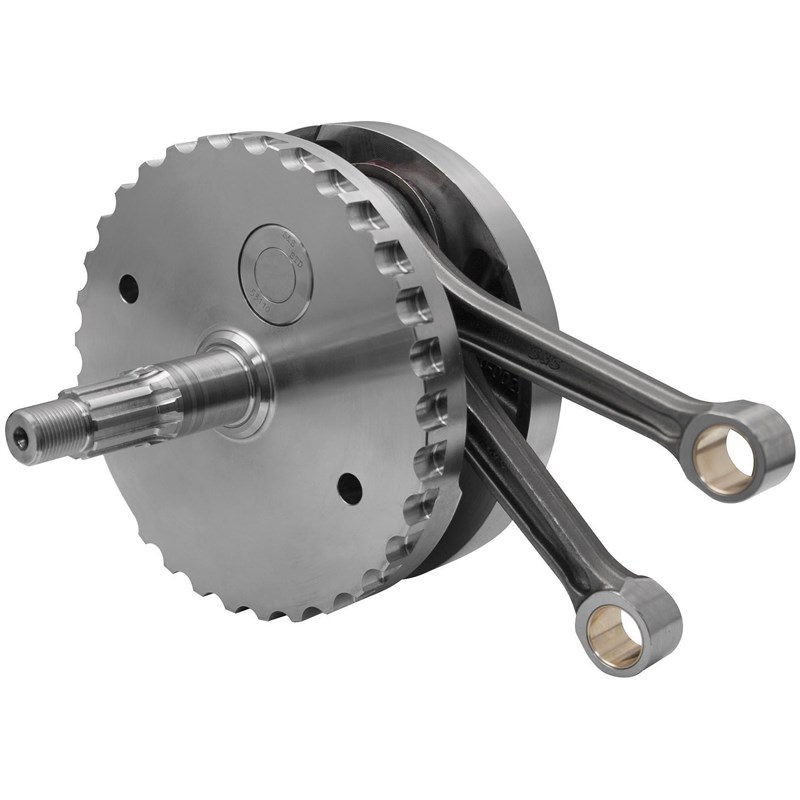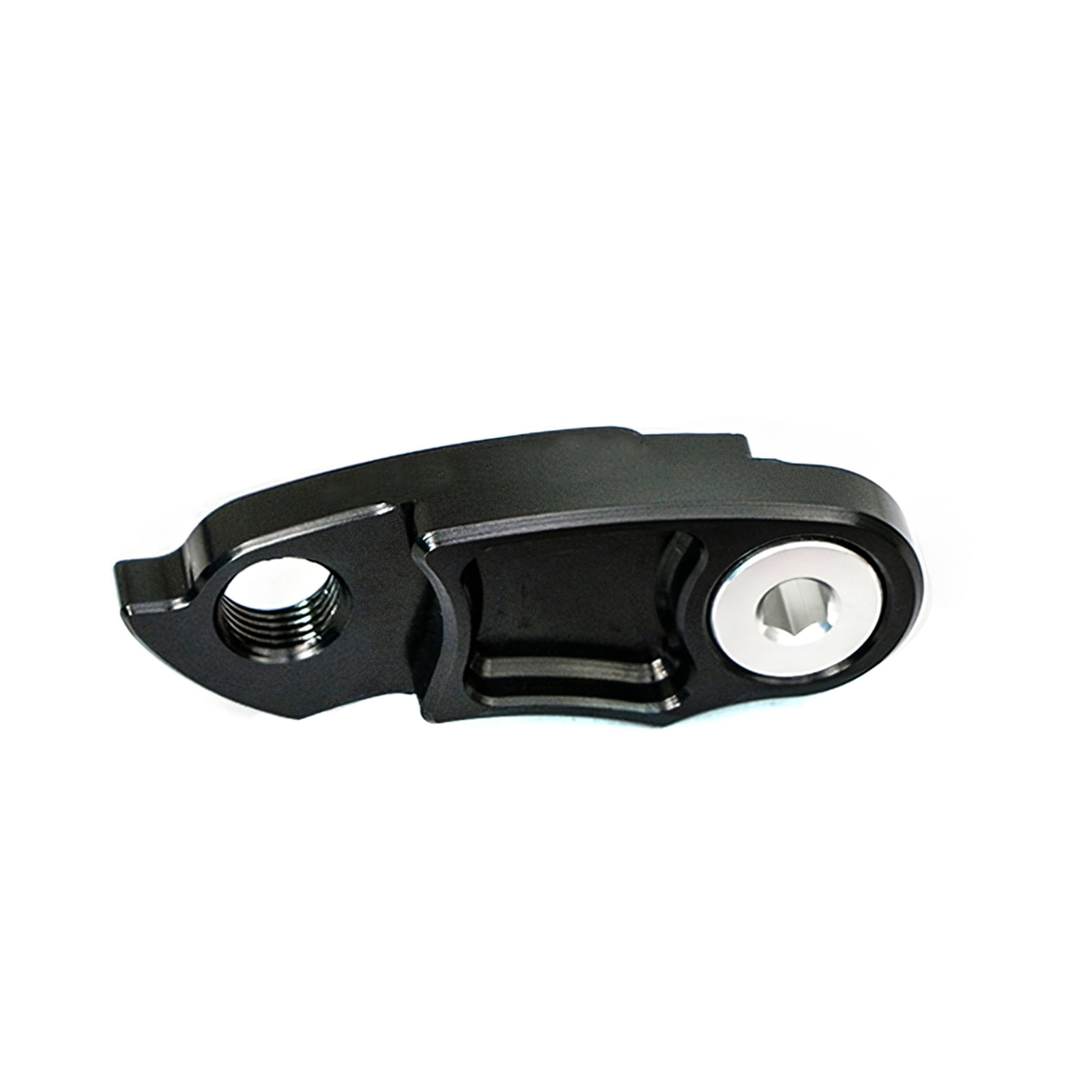

(1986 and newer flywheels are different because they used a one-piece rear main seal) 1955-'71 cars and 1955-'85 Chevy and GMC trucks with 11-inch clutch and 12 5/8-inch bolt pattern and a two-piece rear main seal.1956-'65 cars and trucks with 10 or 10 1/2-inch clutch and 11 5/8-inch bolt pattern Flywheel #3705409.1954-'55 cars and trucks with 10-inch clutch Flywheel #373919.We have included some of the original casting numbers for easy reference. Some of these flywheels were used on models from the mid-Fifties up into the Eighties. After 1953, Chevrolet changed to 12-volt starters, and the number of teeth on the ring gear was changed, but there are still just a few different flywheels used (excluding Hydra-Matic and Powerglide automatics). Both used 139-tooth ring gears for the starter. One flywheel (#3705385) covered all 1937-'53 cars and trucks with a 9 1/8-inch clutch disc and a six-bolt mounting pattern the other (#3705387) covered all 1942-'53 cars and trucks with a 10-inch clutch disc and nine-bolt pattern.
#BB CHEVY168 FLYWHEEL.....WHATSIZE BENDIC MANUAL#
Think about this.the ONLY time you get power transferred to the rear differential, the clutch is locked to the flywheel, that means the weight/mass of the total engine assembly, transmission and drive train needs to be accelerated, to move the car, stock cars typically use a direct drive,or manual transmission, and a much smaller clutch, and rarely weigh more than 1000 lbs LESS than your average street car, so a light weight flywheel has some advantages, on a street car its rarely an advantageįinding a flywheel to fit your Chevrolet in the mid-Fifties used to be simple: There were only two possible units from 1942-'53.

bal, two-piece rear sealĤ71598 14" 168 Two-piece seal blocks, internal balanceġ0128412 12.75" 153 86-up, one-piece rear seal ext. Some flywheels are drilled for two different clutch patterns.Ĥ71529 12.75" 153 Two-piece seal blocks, int balanceĤ71578 14" 168 400 ext. Then, in 1963, the smaller 153 tooth flywheel was introduced.Counter Weight Kit General Motors Flywheel (1A/2C/3C/4C)ģ991469 14" 168 two-piece seal, internally balancedģ986394 14" 168 400 External balance, two-piece sealġ0105832 14" 168 86-later, one-piece rear seal, ext. Up until 1962, the ONLY size flywheel was the 168 tooth version. So, you need a staggered bolt pattern starter with a cast iron nose which is what came on all BB/4sp cars and SB cars with the 168 tooth manual flywheel. For the smaller, 153 tooth flywheel or flexplate, it's not an issue. Thus, only the cast iron starter nose will fit into a big bell housing. The reason is because the starter bulge on a bell housing for the big flywheel is too small for the alum starter nose. BUT, a starter with a staggered bolt pattern and an ALUM nose will ONLY work with an auto tranny flywheel (flex plate). BUT, in your specific case, ONLY a starter with a STAGGERED BOLT PATTERN AND A CAST IRON NOSE will work!! That is, in regards to a stock type starter, NOT an aftermarket mini starter.Īny starter with a straight bolt pattern will work with a 153 tooth auto or manual flywheel.Ī starter with a CAST IRON nose and staggered bolt pattern will work with either an auto or manual 168 tooth flywheel. My 70 Z28 4-spd has the 168 tooth with the 621 bell.


 0 kommentar(er)
0 kommentar(er)
